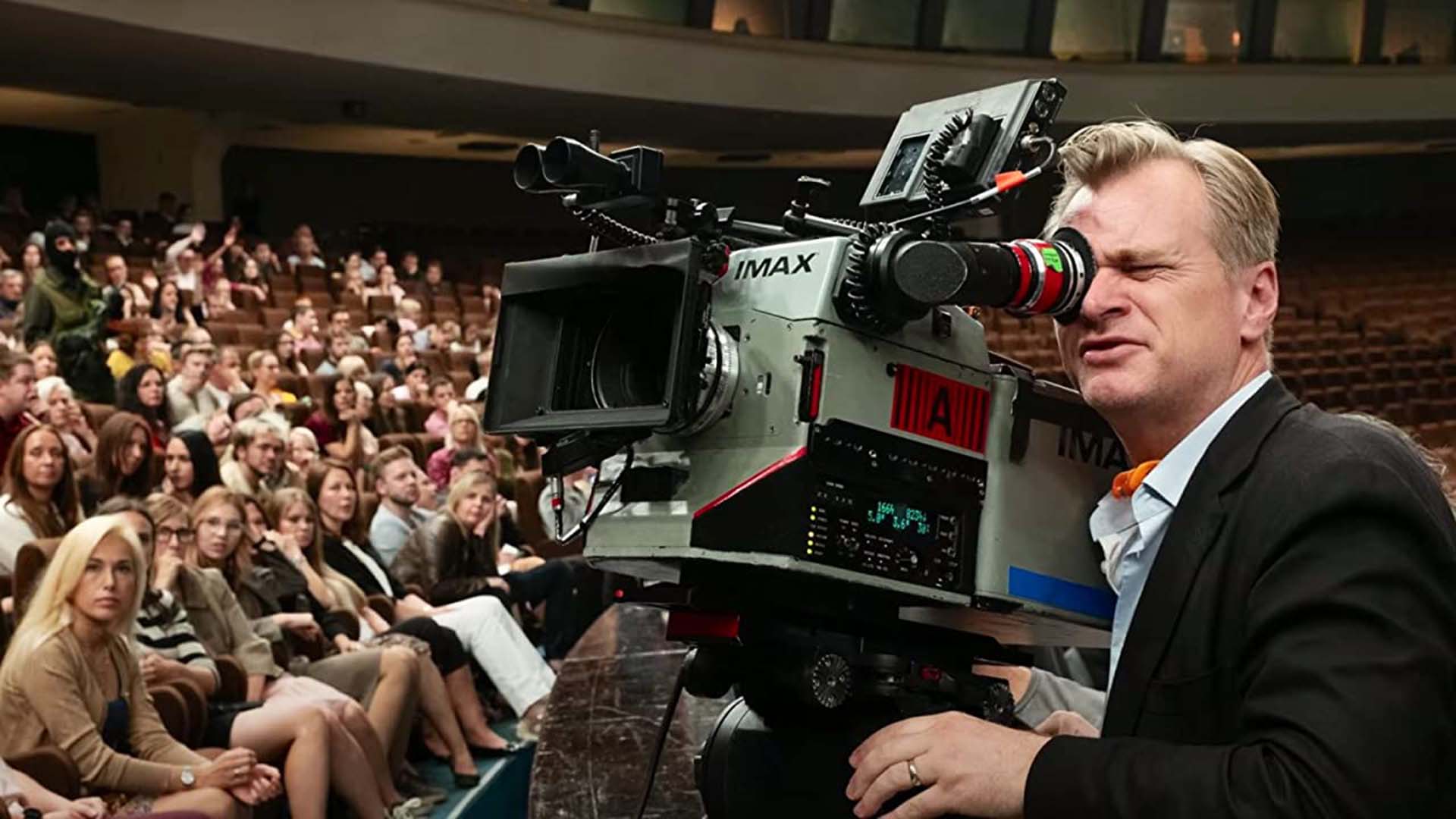
In what might seem a strange move, IMAX, in partnership with Panavision, has decided to design and produce some brand new IMAX film cameras.
In the lobby of Panavision's storied Woodland Hills rental facility in Los Angeles stands a camera that appears to have been built for a human, if that human had been twenty feet tall. The gigantic film magazine, sufficient to house a family of four, is proudly emblazoned with the text "Super Panavision 70," and it's a deeply impressive beast.
But it's only (if the word was ever misused) a 5-perf 65mm camera, and as its titanic size, parallax viewfinder and general air of late-50s over-engineering makes clear, it's an ornament for a reason. Ask for IMAX, though, ask for 15-perf 65mm, and things become even more difficult, because nobody has seriously proposed making more 15-perf cameras for years. Now, though, IMAX, in conjunction with Panavision, has announced its intention to do just that.
Part of the problem might well be that there's only ever been a handful of IMAX cameras anyway. Reportedly, building just four more will expand the fleet by half, suggesting there's only eight to begin with; shooting 15-perf 65mm has never been more than a fringe pursuit ever since IMAX itself launched in the late 60s. Eight machines is barely enough to reliably service a single upscale production, as if any other sort of production is in a position to shoot film stock at $618 a roll (for 400 feet of Vision3 250D, lasting for barely more than a minute).
Even the cameras that are available are hardly in the first flush of youth nor the most recent designs. That's why things like the Logmar Magellan 65mm camera exist. Inasmuch as it doesn't have an optical viewfinder, it's not only a new, compact, modern design of film camera, it's arguably something of an advance on the state of the art (real-ale greybeards will disagree). And even then, the Panavision 70 or Magellan cameras, again, are comparatively restrained 5-perf options. There haven't been any new 15-perf IMAX cameras in - what - decades?
A bit... cumbersome
The result of that is that, like a lot of things that are beloved of people who have not used them, IMAX cameras can be a bit of a bind. It goes without saying that they're big and heavy, and that the size and weight is not that well handled; the design perhaps didn't go through as thorough a review of its ergonomics as it might. They require hyper-expensive lenses based on medium-format stills glass, they cost a fortune to feed, ugly rumour has it that they're given to shredding film, and perhaps most of all, though, they're loud. The development of a really ergonomic, sync-sound 15-perf camera would be welcome.
To an extent, all of this is why people enjoy Nolan's tendency to strap titanic IMAX cameras onto blameless second-world-war aircraft. There is value, it seems, in something we know was difficult, regardless of whether it made much difference to the results. Whether it does make any difference to the results depends on whether you agree with Nolan when he tells us that the vast horizontal 65mm frame yields improved imaging performance over the very best digital cameras.
We could argue for hours about what sort of digital camera system it realistically takes to outdo the biggest motion picture film frame there is. It's hard to claim that 15-perf really suffers bad (or even any) grain, even when significantly abused, although it does have the same stability problems as any film format which make otherwise impressive-sounding IMAX 3D tricky. The perforations, bear in mind, aren't really used for advancing the film in IMAX, they're used for registration, with some elaborate tricks with compressed air used to keep frames moving into the gate. Some of Nolan's work has also suffered the sort of inconsistencies of black level that are hard to fix in traditional, photochemical colour timing, but easily solved in digital grading (digital intermediate was developed for a reason, it turns out).
But in general, if people are going to do it, for the same reason people paint in oils, drive classic cars and wear vintage clothing, it seems IMAX has decided it's time to make their lives a little easier. It's hardly any great surprise to discover that Kodak is a co-conspirator; it's no secret what Big Yellow thinks it's going to get out of this. For itself, Panavision gave up using the Super Panavision 70 branding for 5-perf 65mm in 1983, having done so for nearly 25 years, but there seems no such ignominious end in sight for IMAX.
Tags: Production Cameras Film


Comments